When it comes to nurturing your gut, nothing beats the time‑honored tradition of fermentation. Across cultures and centuries, people have harnessed beneficial microbes to preserve foods—and in the process, create delicious, probiotic‑rich staples. Today, science confirms what our ancestors intuited: these live microorganisms can enhance digestion, bolster immunity, and even uplift mood. Ready to embark on a flavorful journey? Here are 11 probiotic powerhouses to welcome into your kitchen.
1. Yogurt: The Quintessential Gut Elixir
Why it’s special: Yogurt’s creamy texture owes itself to live cultures—primarily Lactobacillus and Bifidobacterium species—that digest lactose and populate your intestine with friendly bacteria.
Health highlights:

- May support bone health via calcium absorption
- Linked to better heart and metabolic markers
- Often tolerable for lactose‑sensitive individuals
Tip: Seek labels declaring “live and active cultures,” and choose plain varieties to avoid hidden sugars.
2. Kefir: The Cultured Cousin of Yogurt
Why it’s special: Fermented with kefir “grains” (clusters of bacteria and yeast), this tangy drink delivers a broader spectrum of probiotics than yogurt.
Health highlights:
- Rich in dozens of bacterial and yeast strains
- May help protect against gut infections
- Often well‑tolerated by those with lactose intolerance
Tip: Sip plain kefir on its own or blend it into smoothies for an extra tangy kick.
3. Sauerkraut: Crunchy, Tangy, and Loaded with Fiber
Why it’s special: Finely shredded cabbage, fermented by lactic acid bacteria, transforms into a sour condiment that also supplies prebiotic fiber.
Health highlights:
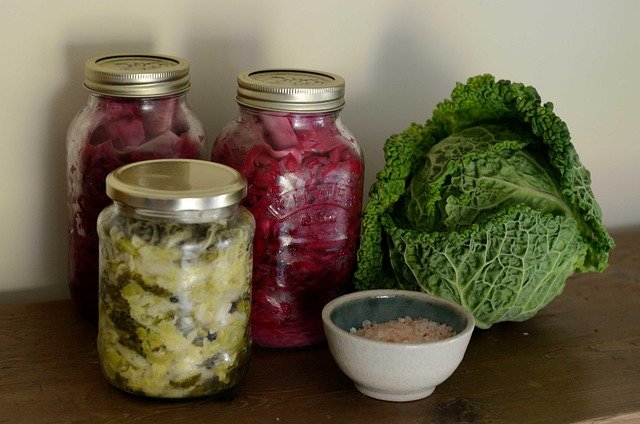
- High in vitamins C and K, plus antioxidants like lutein
- Supports digestion and provides natural probiotics
- Pairs perfectly with sausages, salads, or grain bowls
Tip: Opt for unpasteurized sauerkraut to ensure live cultures remain intact.
4. Tempeh: The Nutty Protein Powerhouse
Why it’s special: This Indonesian fermented soybean cake binds whole soybeans with a beneficial fungus (Rhizopus oligosporus), creating a firm, sliceable block.
Health highlights:

- Delivers complete protein and B vitamins (including plant‑made B12)
- Contains less phytic acid than plain soy, boosting mineral absorption
- Versatile as a meat substitute in stir‑fries, sandwiches, and salads
Tip: Marinate tempeh in soy sauce, ginger, and garlic before pan‑searing to enhance its earthy flavor.
5. Kimchi: Korea’s Spicy, Probiotic‑Rich Relish
Why it’s special: Napa cabbage and other vegetables ferment with chili, garlic, and ginger into a fiery side dish.
Health highlights:
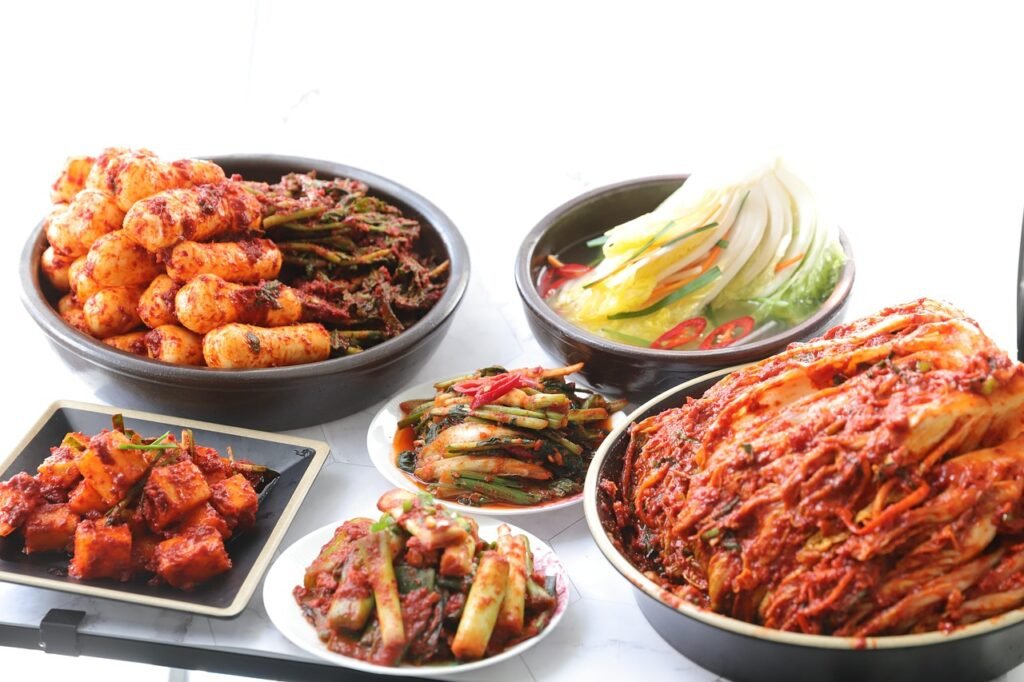
- Abundant in Lactobacillus kimchii and other lactic acid bacteria
- Supplies vitamins A, K, and B2, plus iron and fiber
- May aid digestion and deliver a powerful antioxidant punch
Tip: Use kimchi to top rice bowls, tacos, or avocado toast for a zesty flavor boost.
6. Miso: Japan’s Umami‑Packed Fermentation
Why it’s special: Soybeans (and sometimes rice or barley) ferment with koji mold into a savory paste that flavors soups, dressings, and marinades.
Health highlights:
- Rich in protein, fiber, and minerals like manganese and copper
- Research suggests potential protective effects against hypertension and certain cancers
- Imparts deep umami flavor with minimal salt
Tip: Stir miso into warm (not boiling) broth to preserve its live enzymes and cultures.
7. Kombucha: Fizzy Probiotic Tea
Why it’s special: Sweetened tea ferments with a “SCOBY” (symbiotic culture of bacteria and yeast) into a lightly effervescent drink.
Health highlights:
- May support detoxification through polyphenols and organic acids
- Offers a low‑calorie, probiotic alternative to soda
- Potential—but as yet unconfirmed—benefits for blood sugar regulation
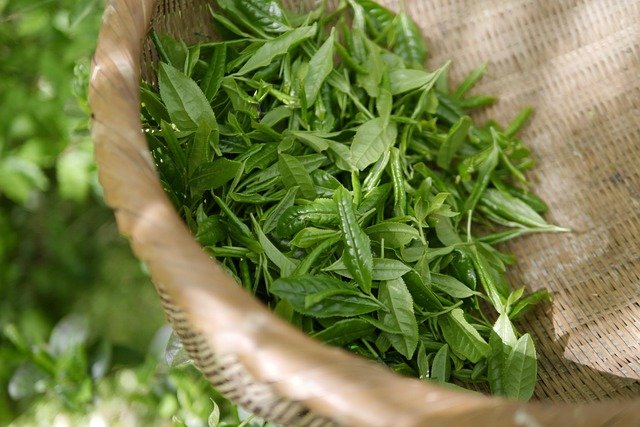
Tip: Start with small servings (4–6 oz) daily to see how your gut responds.
8. Pickles: Beyond the Burger Condiment
Why it’s special: Cucumbers ferment in brine, producing a crunchy snack brimming with lactic acid bacteria.
Health highlights:
- Low‑calorie, hydrating source of probiotics
- Supplies vitamin K for blood clotting and bone health
- A tangy addition to sandwiches, salads, or snack plates
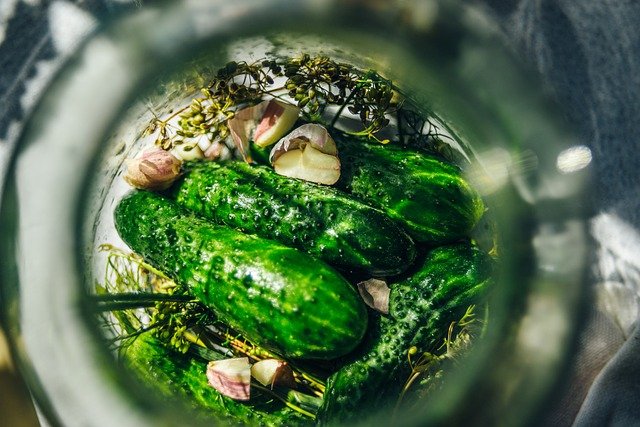
Tip: Check that pickles are fermented in saltwater, not vinegar, to ensure live cultures.
9. Traditional Buttermilk: Grandma’s Probiotic Brew
Why it’s special: The leftover liquid from churning butter, classic buttermilk houses strains of Lactococcus lactis and other lactic bacteria.
Health highlights:
- Rich in B vitamins, calcium, and low in fat
- May soothe digestion and replenish beneficial microbes
- Integral to traditional Indian lassi and other regional drinks
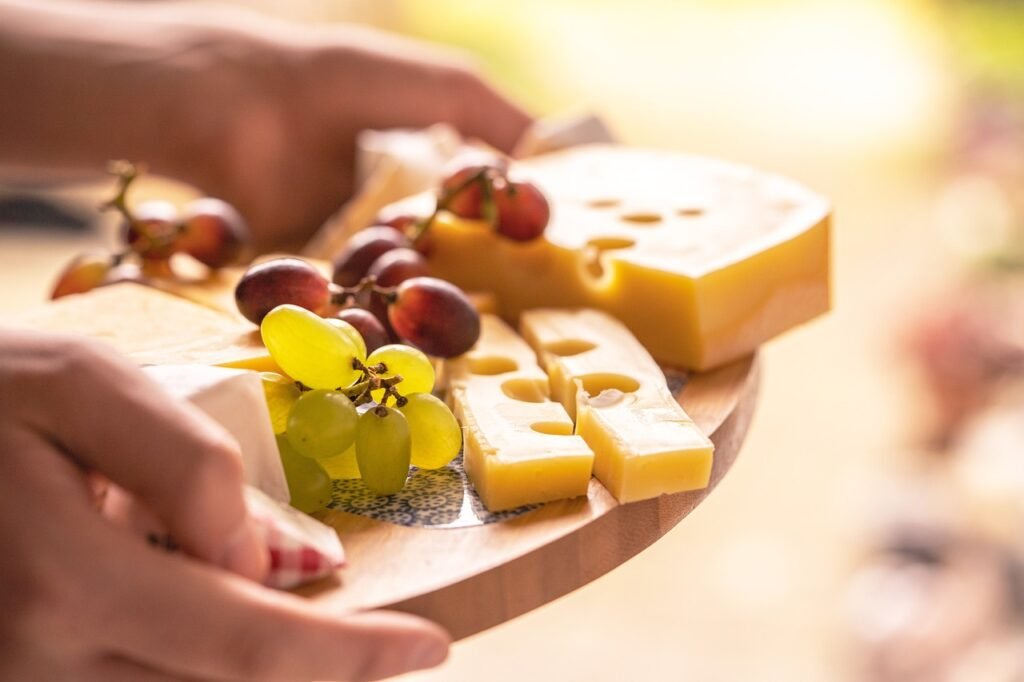
Tip: Seek authentic buttermilk in specialty markets, as most commercial “cultured” versions lack live probiotics.
10. Natto: Japan’s Slippery Superfood
Why it’s special: Fermented soybeans transformed by Bacillus subtilis into a sticky, potent, probiotic‑rich breakfast staple.
Health highlights:
- Exceptional source of vitamin K2 for bone and cardiovascular health
- Contains nattokinase, an enzyme studied for blood‑thinning effects
- Aids digestion and promotes gut microbiome diversity

Tip: Pair natto with rice, mustard, and scallions to balance its strong aroma.
11. Probiotic Cheeses: A Savory Surprise
Why it’s special: Not all cheeses deliver live cultures, but varieties like gouda, cheddar, and cottage cheese can be probiotic powerhouses if labeled “live cultures.”
Health highlights:
- Excellent source of protein, calcium, and essential fats
- Can lower risk of heart disease and osteoporosis when consumed in moderation
- Offers a convenient way to sneak probiotics into your diet
Tip: Look for unaged or short‑aged cheeses that retain their live cultures through packaging.
Making Fermentation Part of Your Plate
Integrating these foods into daily meals is both simple and delicious:
- Breakfast: Top your morning oats with kefir and sliced bananas.
- Lunch: Build a grain bowl with brown rice, kimchi, tempeh, and sauerkraut.
- Snack: Munch on pickles or a glass of traditional buttermilk.
- Dinner: Whisk miso soup as a starter, then finish with natto‑topped rice.
By embracing a rainbow of fermented foods—dairy, legumes, vegetables, and beverages—you’ll cultivate a robust, diverse microbiome that supports digestion, immunity, mental health, and beyond. Your gut’s microscopic allies are always at work; it’s time to recruit more of them, one fermented bite at a time.

